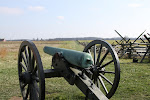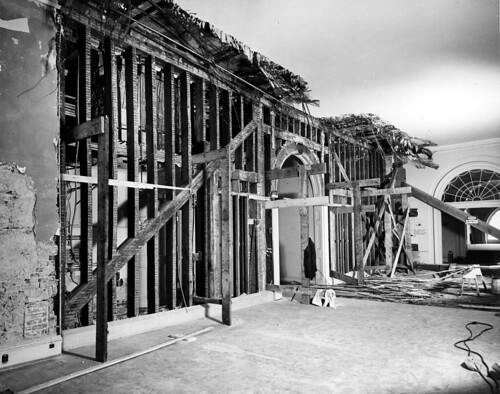March 12, 1872
Vienna, Jackson Parish, Louisiana
Although every community in the South
suffered deprivations and despair during the Civil War, some were spared the
horrors of armies turning their cotton fields and pastures into
battlefields. North central Louisiana, between Monroe and Shreveport and
from north of Alexandria to the Arkansas state line, was such a pocket never
penetrated in force by Yankee invaders until the war ended and Reconstruction
began.
The small town of Vienna,
then in Jackson Parish, was located in the center of this pocket. Vienna
watched the war go by as plantation owners marched their slaves west toward
refuge in Texas and meager military supplies came through headed east.
Confederate armies marched through and trained on the outskirts of town but the
fighting never reached the little village. The real war, North
Louisiana’s war, began with chaos of Reconstruction as white Democrats fought
Radical Republican control of local offices and state government with the
assistance of federal troops. More blood flowed from lawlessness and
clashes with the government and freed blacks than was ever experienced in the
region during the war. Vigilantism was the norm to correct perceived
wrongs that the carpetbag government refused to rectify.
But Vienna thrived after the war,
rivaling the parish seat of Vernon in size. It boasted hotels and a
number of stores and churches and even cultural activities. There was a
dancing school, operated by two men—Peace and Whatley—who also gave lessons in
Vernon and perhaps elsewhere in Jackson Parish. Rumors abounded, however,
about what was really happening at the men’s dance studio. There was
something sinister and disturbing about the men. Supposedly, they were
from Natchitoches but had spent time in Texas where one of them had killed a
man.

On the evening of March 12, 1872, a young
local man who had imbibed too much liquor accompanied Peace into Dr. Jackson’s
drug store. The man was loud and obnoxious. Jackson told the rowdy
youth to leave the store. He snapped back with a rude remark and the
doctor replied in kind. Peace then stepped forward in support of the
youth and made remarks of his own. "Do you take it up?"
the doctor asked. The men were now in front of the store where 54-year
old John Huey, Jr., and Whatley, Peace's partner, were standing. The
exchange of words led Huey to step forward to back up Dr. Jackson and say,
"Fighting is the game, is it?"
















